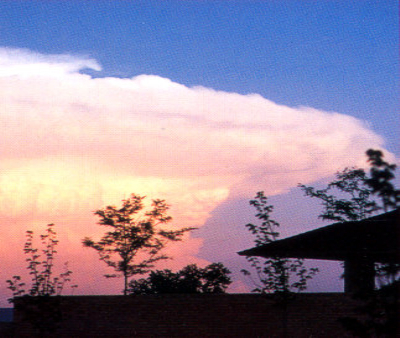VENERA GJENASHAJ
618
Arts in the Community Event and Blog Post
Name and description of the event: NYC WINTER LANTERN FESTIVAL
Link to organization's website: https://nycwinterlanternfestival.com
Community/School served: Hungerford School District 75
Setting in which services are provided: Snug Harbor Cultural Center and Botanical Garden
Time of the services: After-School trip with a class 6:1:1 one teacher and 3 paraprofessionals
Ages served: ages between 12-14
The NYC Winter Lantern Festival comes with a lineup live entertainment where students can
experience different fun activities. While displays are awe-inspiring, an important aspect of the
festival, which has helped bring these displays to the ground, is the amount of influence Asian culture
has had on the design. Seven acres of the reknowned Snug Harbor Cultural Center and Botanical.
Garden have exploded into a spectacular fantasyland of dragons and fairies and sea creatures.
When visiting this festival students and kids in general can experience Chinese tradition and
transform it into an unforgettable event.
This festival will take place between November 28 through January 6. This whole area will be
lighted by 40 LED installations, some up to 30 feet tall, the production literally glows with
Panda Bears, Padogas, and landscaped fantasies.
Details about the event :NYC WINTER LANTERN FESTIVAL offers:
Lantern Festival, Entertainment, Food Court, Gift Shop
Lantern includes: Light Tunnel, Wonderland, Sea World, Animal Kingdom, Chinese Lights,
Panda Paradise, Holiday Zone
Entertainment includes: Face Changing, Martial Arts Show, Water Sleeve Dance, Lion Dance
Sugar Paint, Fun Zone
Interface with my Lesson Plan: The NYS Winter Lantern Festival is an immersive, creative and
unique display of lights (colorful ) and art.
Culturally relevant/irrelevant to the population that is serves: Students get to learn about Chinese
culture, tradition, holidays, colors that represent their traditions.
Objective Observations Interpretations/Analysis
park excited from where to start walking (which way to go)
Students were surprised Students tried to reach lights (tried to touch it)
by looking at different lights
PICTURES FROM NYC WINTER LANTERN FESTIVAL
ANIMAL KINGDOM
WONDERLAND
CHINESE LIGHTS
HOLYDAY ZONE


